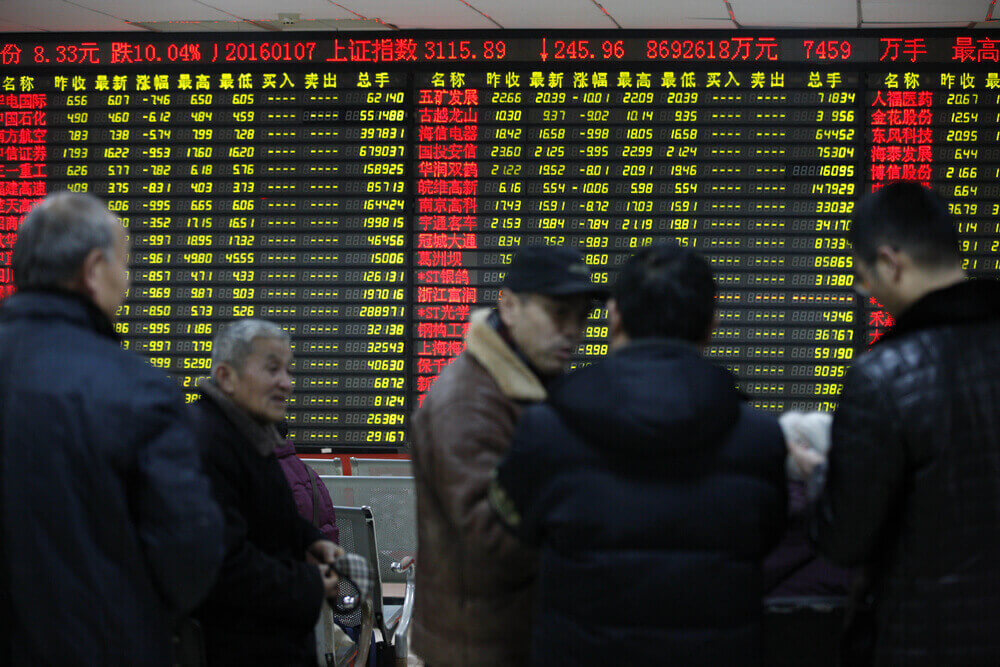
South Korea Maintains 3.50% Rate, Predicts Higher 2024
Quick Look:
- Interest Rate Decision: South Korea’s central bank held its interest rates at 3.50%, a 15-year high, balancing inflation risks and economic growth.
- Economic Forecast: The BOK revised its 2024 growth forecast to 2.5% from 2.1%, maintaining a 2023 inflation outlook of 2.6%.
- Market Reaction: Policy-sensitive bond futures rose, reflecting relief over a steady inflation outlook; a 25 basis-point rate cut is predicted for Q4.
On Thursday, South Korea‘s central bank held its interest rates steady at a 15-year high of 3.50%. This decision reflects a balanced approach to monetary policy, acknowledging both the risks of inflation and unexpected economic growth. Governor Rhee Chang-yong emphasized that the BOK will maintain a restrictive policy stance for the time being despite mounting pressures for rate cuts in the latter half of the year. The central bank’s unanimous decision to keep the benchmark rate unchanged was in line with expectations from all 43 analysts polled by Reuters.
“There are expectations for interest rate cuts in the second half, but uncertainties over the timing of it is now even greater,” Rhee stated during a press conference. He highlighted that the current economic growth is not excessively high, which makes it prudent to maintain restrictive interest rates until inflation stabilizes at the target level.
Economic Growth and Inflation Outlook
In light of the recent robust economic performance, the BOK has revised its growth forecast for 2024 upward to 2.5% from the previously anticipated 2.1%. This adjustment comes after Asia’s fourth-largest economy experienced its fastest growth in two years during the first quarter. Despite the upward revision in growth, the BOK has maintained its February inflation outlook for this year at 2.6%, suggesting that the impact of stronger growth on inflation was not substantial enough to warrant a change in the forecast.
The stability in the inflation outlook has provided some relief to the market. Following the BOK‘s decision, policy-sensitive three-year treasury bond futures began to rise, extending gains to as much as 0.13 points to 104.54 during Rhee’s press conference. Ahn Jae-kyun, an analyst at Shinhan Securities, noted, “There is some relief in the market that the BOK maintained its inflation outlook, and given that short-term outlook among board members remains the same, expectations the BOK will start cutting rates in the second half is very much alive.” Ahn predicts a 25 basis-point cut in the fourth quarter, reflecting the market’s cautious optimism.
Global Influences and Future Predictions
South Korea’s early start to its tightening cycle began in mid-2021. This move was ahead of many global peers. As a result, policy interest rates have risen by a cumulative 300 basis points to the current 3.50%. Similarly, the BOK, like central banks worldwide, is closely watching the Federal Reserve’s actions in the United States. Any changes in U.S. rates could influence the South Korean won. Consequently, these changes could alter inflation dynamics domestically.
Despite a recent easing in inflation, April’s headline data declined to 2.9% for the first time in three months. However, it remains above the BOK’s target rate of 2%. Consequently, this persistent inflation above target levels reinforces the need for a cautious approach to rate cuts. Moreover, median forecasts suggest the benchmark interest rate will remain unchanged through the third quarter. Additionally, there is a potential 50 basis-point cut in the fourth quarter. However, some analysts have delayed their predictions for rate cuts. This delay follows stronger-than-expected GDP data. Thus, it reflects the complex interplay between growth and inflation.
South Korea’s central bank is navigating a delicate balance. It must support economic growth while controlling inflation. The BOK is adopting a cautious stance by maintaining the current interest rates at a 15-year high. Furthermore, it is ready to adjust as inflation dynamics evolve. As more data becomes available, the BOK can make necessary changes. Meanwhile, the global economic environment will continue to play a crucial role. Specifically, the actions of the Federal Reserve will shape South Korea’s monetary policy decisions in the coming months.




